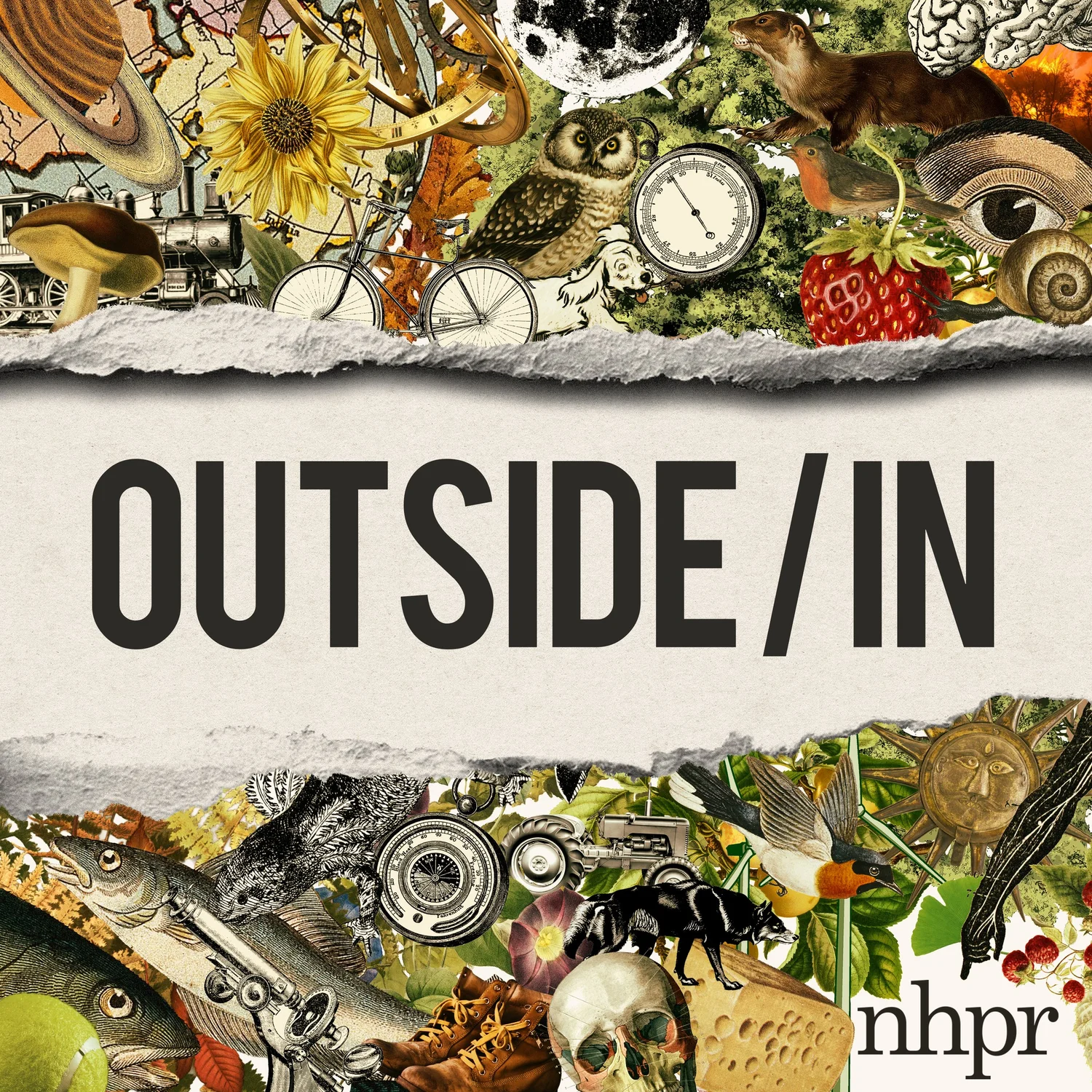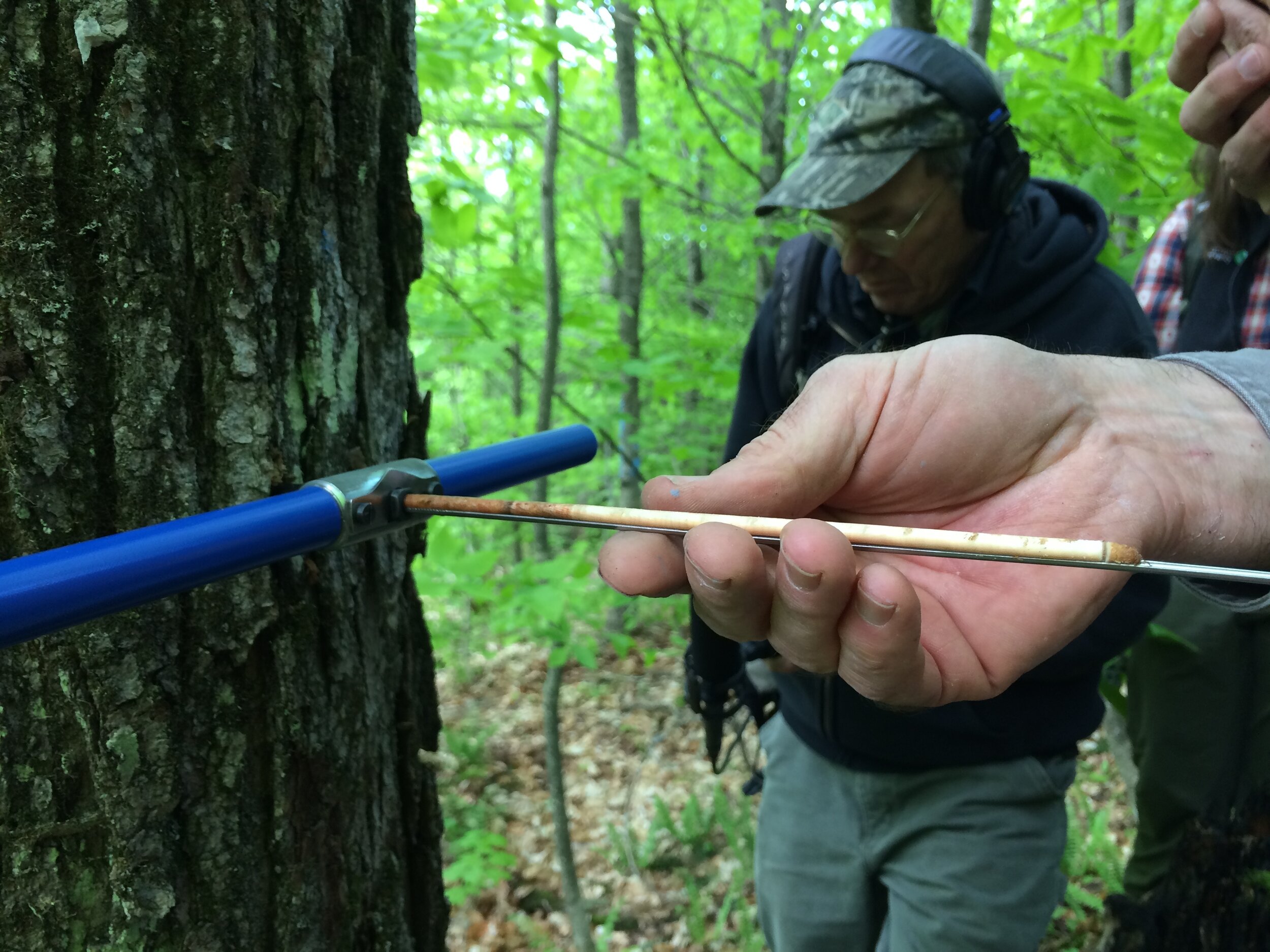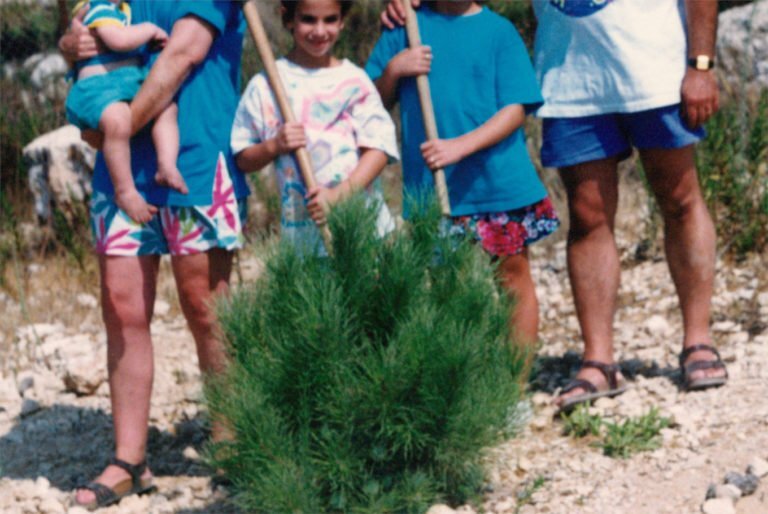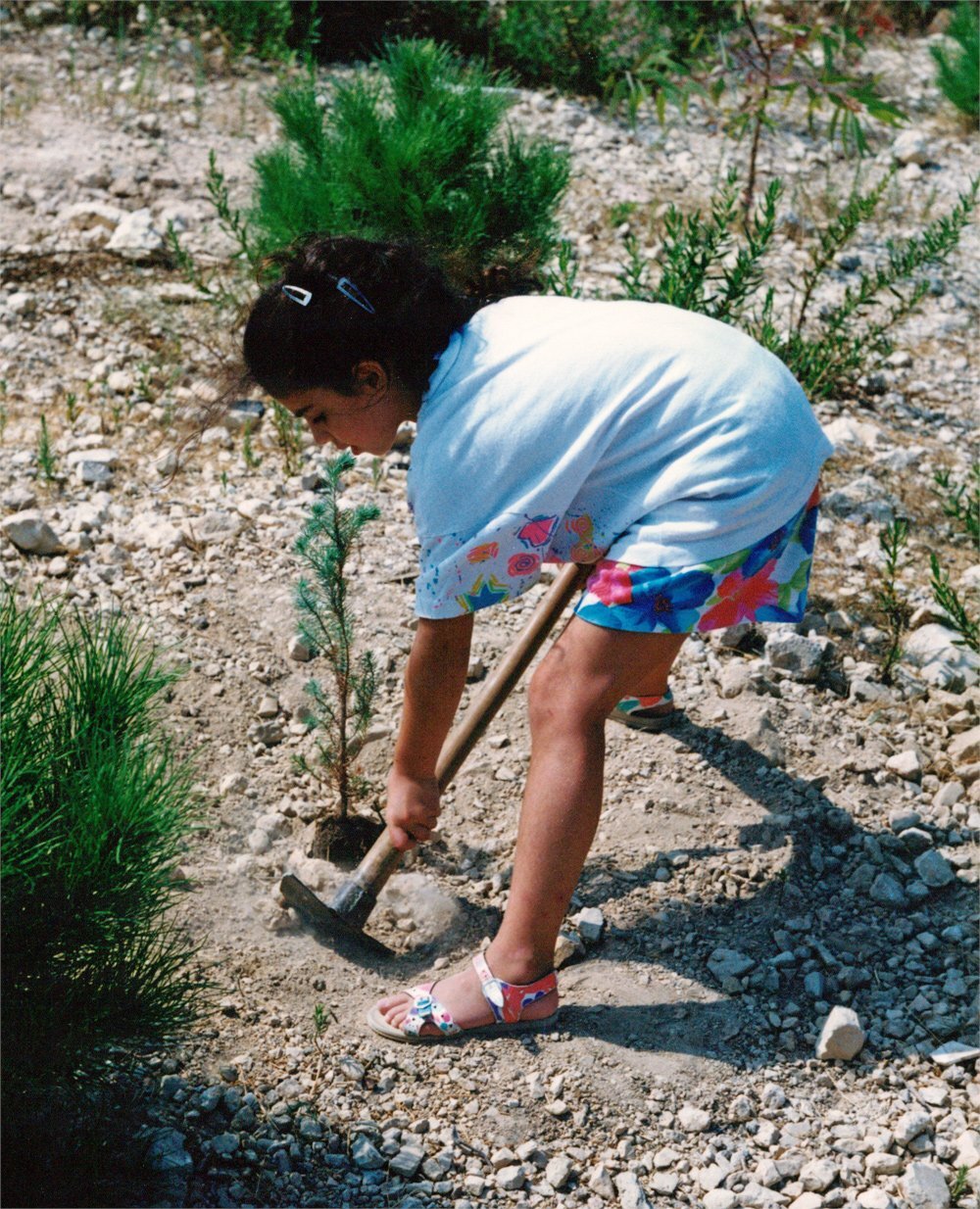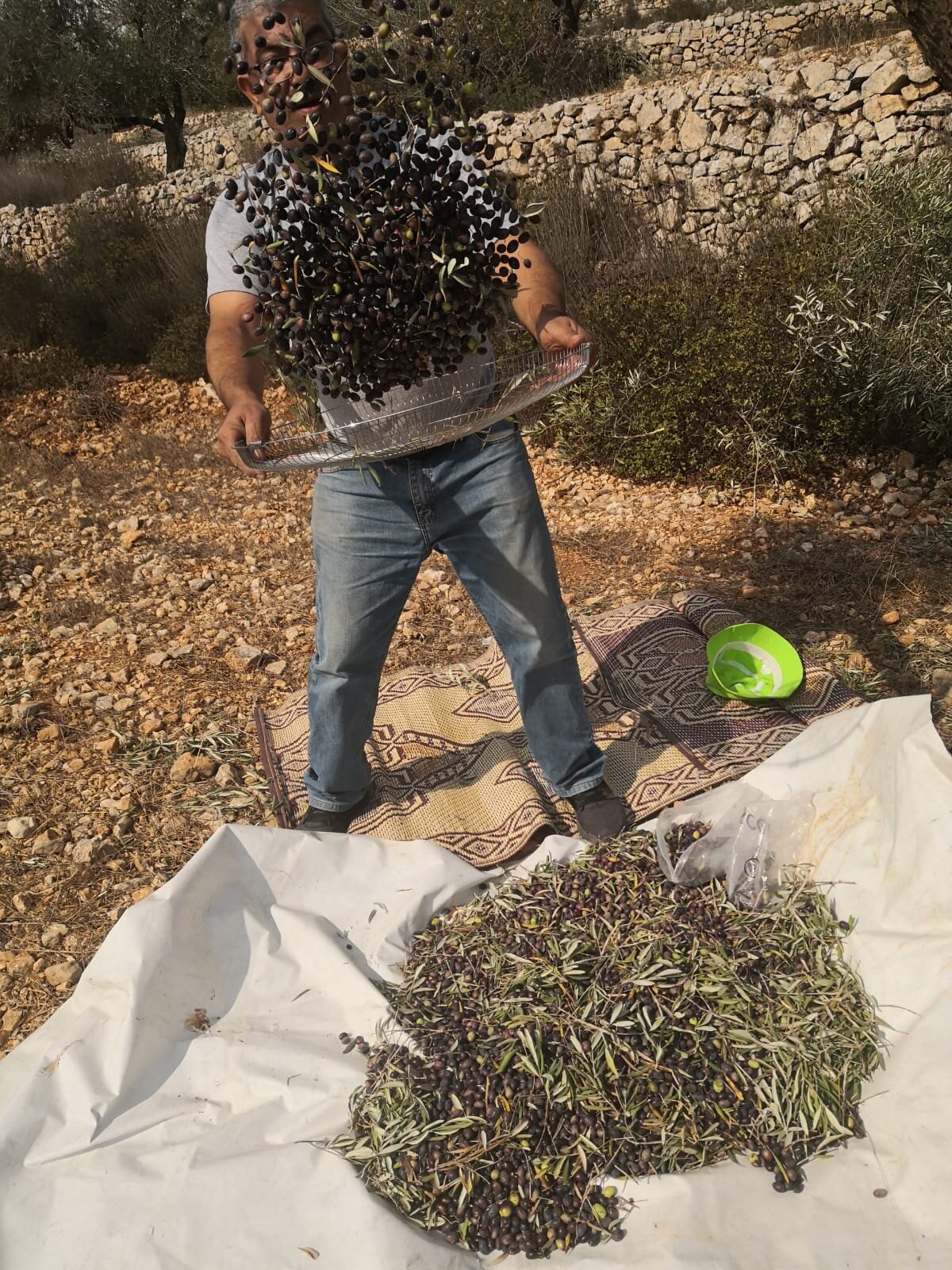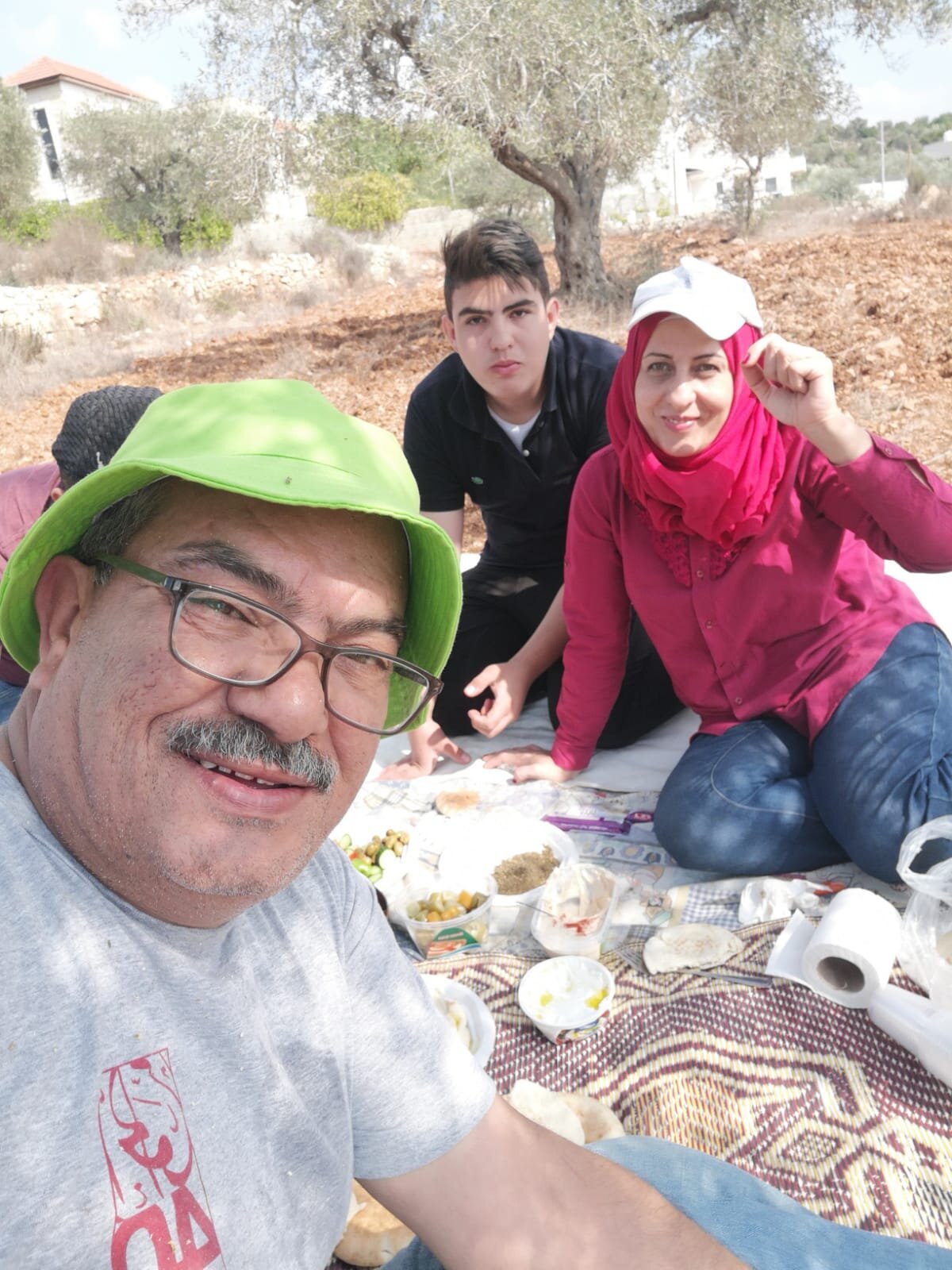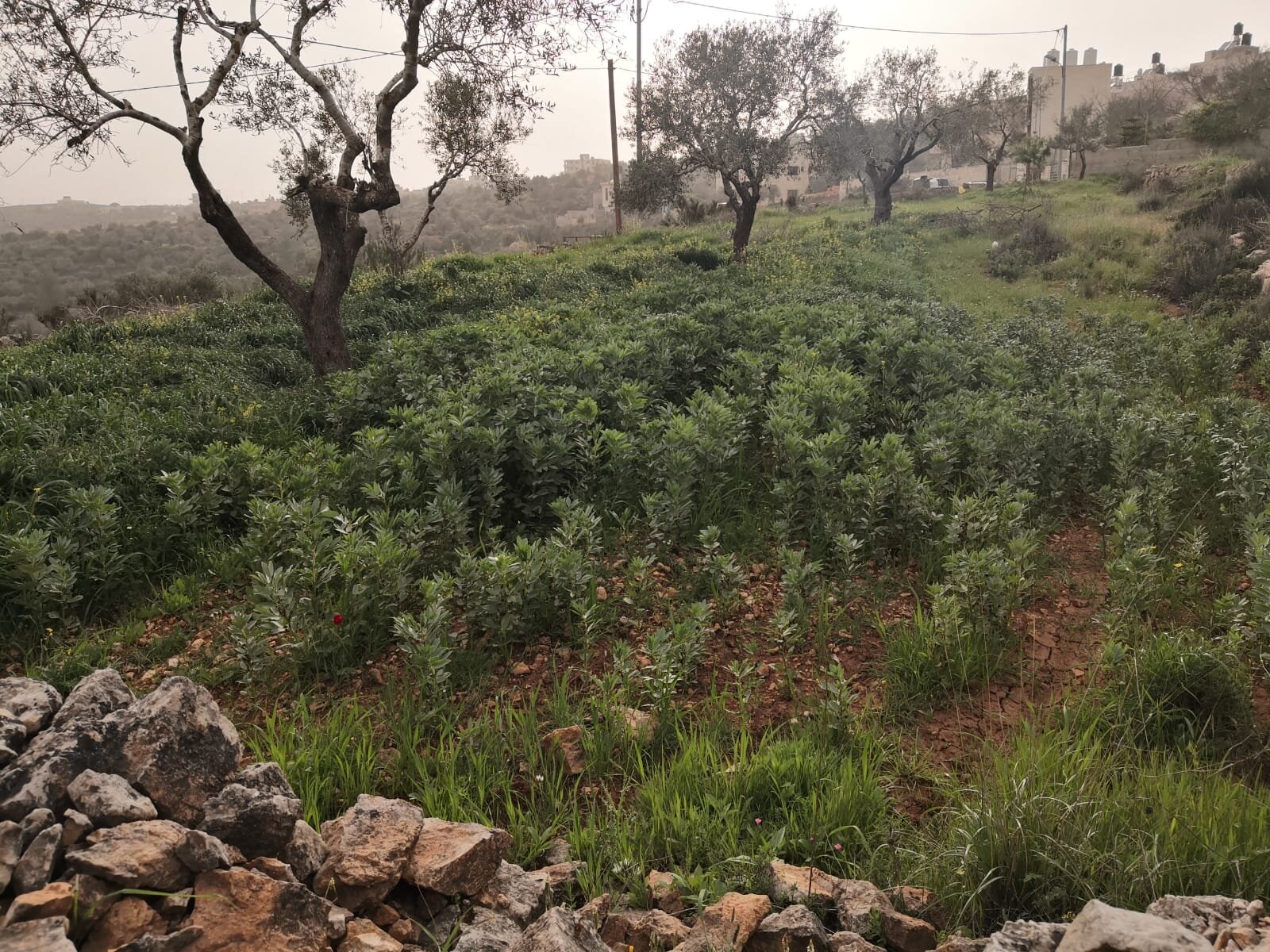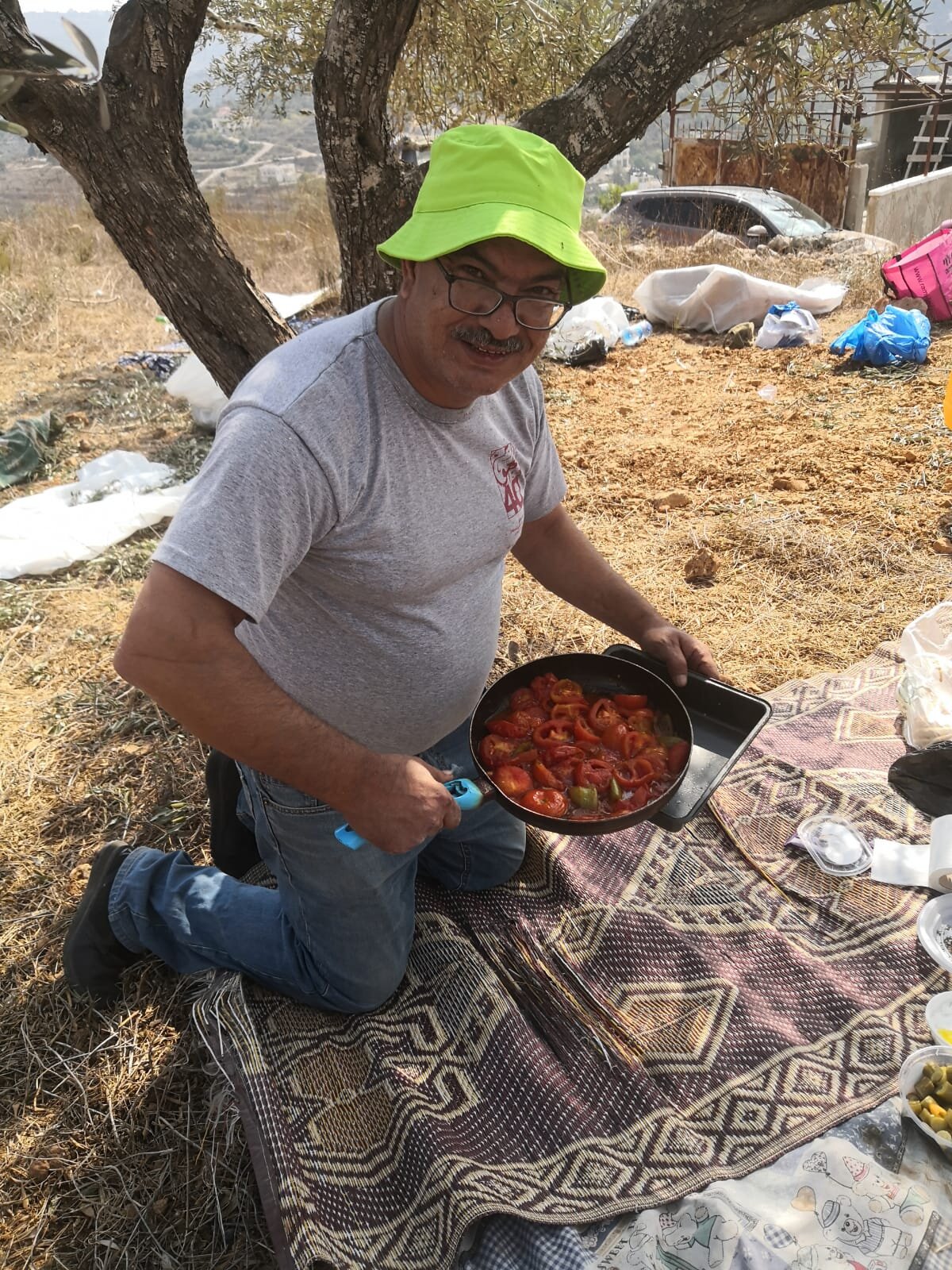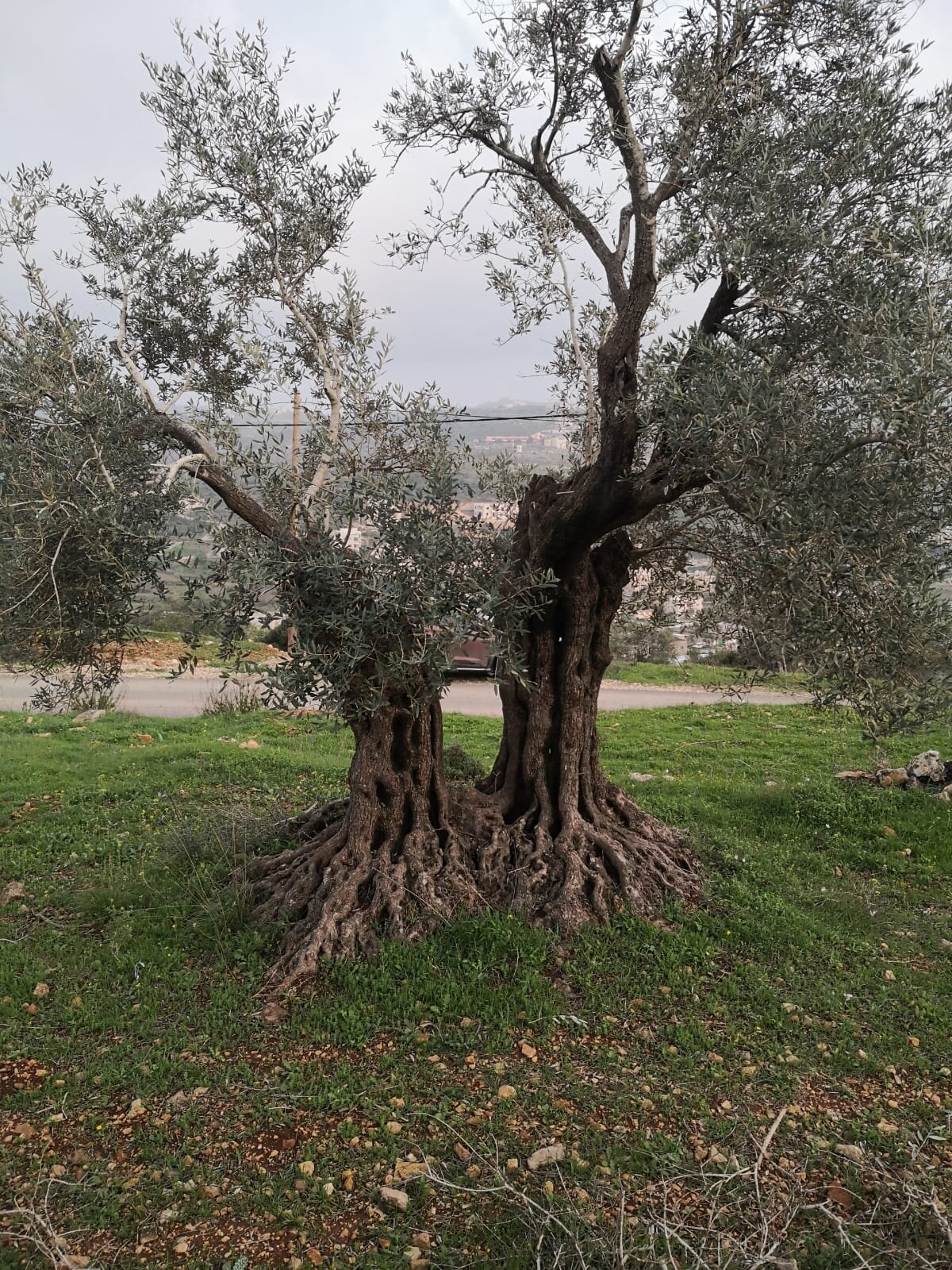Climate Migration
In the coming decades, the scale of climate migration could be dizzying. In one projection, four million people in the United States could find themselves “living at the fringe,” outside ideal conditions for human life.
In collaboration with By Degrees, NHPR’s climate change reporting initiative, we’re devoting the entire episode to answering one question: if you’re worried about climate, where should you live? And how should places prepare for the wave of climate migrants just around the corner?
Featuring Bess Samuel, Jesse Jaime, Aurelia Jaime Ramirez, Kate McCarthy, Elena Mihaly, Jola Ajibade, Nadege Green, Suzi Patterson, Alex Whittemore, and Mike Hass.
Sign up for the Outside/In newsletter for our biweekly reading lists and episode extras.
Donate to Outside/In during our year end fund drive!
Links
“Locals Bristle As Out-of-Towners Fleeing Virus Hunker Down In New Hampshire Homes” by Annie Ropeik for New Hampshire Public Radio
Yayoi Kusama’s “Fireflies on the Water” (2002) by maurizio mucciola on Flickr.
Nadege Green’s reporting on climate gentrification in season 3 of There Goes the Neighborhood, a collaboration between WNYC and WLRN.
“Why climate migration is not managed retreat: Six justifications” (2020), coauthored by Idowu (Jola) Ajibade and published in Global Environmental Change.
ProPublica’s Climate Migration project
The EPA’s Climate Resiliency Screening Index (2017). Scroll to page 79 for their list of the top 150 most resilient counties in the United States.
The quote from Charles Simic comes from Letters of Transit: Reflections on Exile, Identity, Language, and Loss (The New Press, 1999).
“Immigration, exile, being uprooted and made a pariah may be the most effective way yet devised to impress on an individual the arbitrary nature of his or her own existence. Who needed a shrink or a guru when everyone we met asked us who we were the moment we opened our mouths and they heard the accent?
The truth is, we had no simple answers. Being rattled around in freight trains, open trucks, and ratty ocean-liners, we ended up being a puzzle even to ourselves. At first, that was hard to take; then we got used to the idea. We began to savor it, to enjoy it. Being nobody struck me personally as being far more interesting than being somebody. The streets were full of these "somebodys" putting on confident airs. Half the time I envied them; half the time I looked down on them with pity. I knew something they didn't, something hard to come by unless history gives you a good kick in the ass: how superfluous and insignificant in any grand scheme mere individuals are. And how pitiless are those who have no understanding that this could be their fate too.”
Credits
Outside/In was produced this week by Justine Paradis, Annie Ropeik, Taylor Quimby, and Sam Evans-Brown with support from Cori Princell and Tat Bellamy-Walker.
Erika Janik is our executive producer.
Our theme music is by Breakmaster Cylinder.
Additional music by Massimo Ruberti.
Special thanks to Anna Marandi, Chris Campany, Lauren Gaudette, and Garrett Neff.
Thank you also to everyone who responded to the survey and to those we spoke with for this episode: Alex Whittemore, Daniel Mitchell, Mark Nystrom, Meaghan Kelly, Alex Texeira, Jesse Jaime, Aurelia Jaime Ramirez, Jenny Stowe, Mike Hass, Suzi Patterson, Mike Thiel, Allyshia Dycus, and of course, Bess Samuel
If you’ve got a question for our Ask Sam hotline, give us a call! We’re always looking for rabbit holes to dive down into. Leave us a voicemail at: 1-844-GO-OTTER (844-466-8837). Don’t forget to leave a number so we can call you back.
